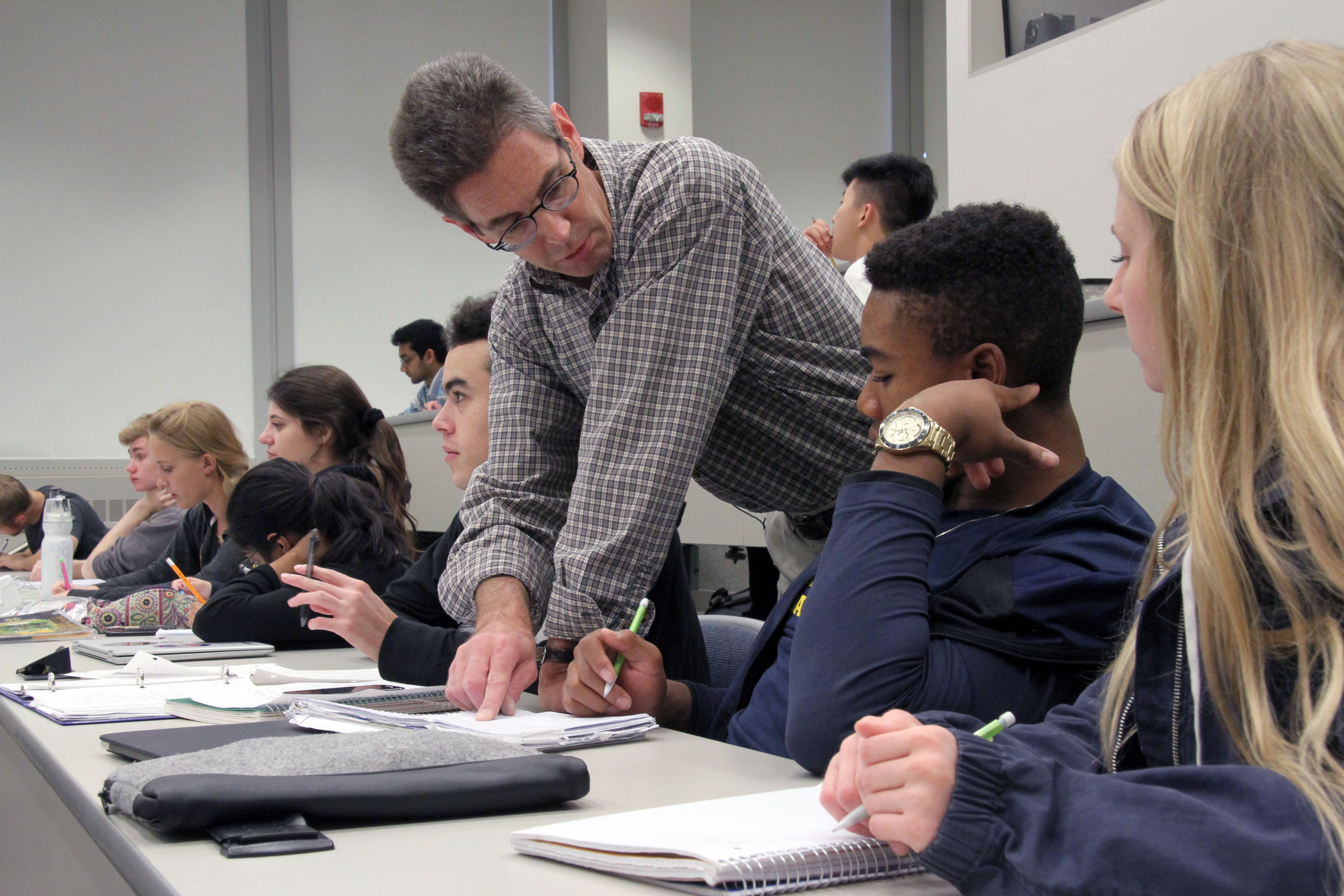
Over the past two years, instructors across the university have learned a great deal about ways to build flexibility into their courses, a core principle of equitable teaching. We know that students have benefitted from this approach to course elements such as absences and deadlines. As we move into the Fall 2022 semester, we are hearing a range of approaches to flexibility. For some instructors, this reflects a long-standing commitment to allowing students multiple ways to navigate their course and demonstrate learning. Others, especially those teaching large courses, have reported that student expectations for flexibility around course modality, grading, and attendance have become unmanageable for them and seem to have led to student disengagement as well.
So, what do you do this fall? How can you articulate policies that promote student success and make room for the unexpected to happen, while maintaining accountability? In particular, where can you purposefully engineer flexibility into your class and what kinds of parameters do you need to put in place to respond to student requests at this current stage of the Covid pandemic/endemic? While answers to these questions will vary by course type and size, teaching style, and the complex intersection between instructor identity and authority, the following post provides options for making decisions about flexibility at the start of the new academic year. In particular, we focus on transparency, making up missed work, handling requests for extensions, and attendance.
As you consider how to approach your classes this term, this quote from a recent Chronicle article sums up well the need for supportive and well-structured flexibility:
“Above all else…we need to be compassionate teachers who never lose sight of the fact that we are teaching students who want to know we care. Many of them realize that we can’t fix their problems or take away their stressors, and they don’t want us to do that. What they really want is for us to acknowledge that they have lives outside of our classes and that we care about them. Sometimes the best way we can show them we care is to meet them where they are and to provide clarity and boundaries.”
Transparency
- It is important to be explicit with students about your policies and practices. Setting up a clear framework for students is a key principle of equitable teaching and can reduce ad hoc requests and help students understand your expectations.
- Explicitly identify your core course learning objectives so you can make deliberate decisions about what elements in the course you are willing to revise, adapt, or make optional in response to individual and/or collective student needs.
- Design course policies that provide pathways if students need to be absent, turn in work late, leave class early, etc. (see below for options). Explain how these are designed to support student learning; avoid framing such policies as simply punitive.
- This resource from the University of North Carolina offers several examples of syllabus inserts about flexibility in general and about specific issues discussed below.
- Reiterate your policies at key times (e.g., at the start of the term, around the add-drop deadline, before assignments are due, and midway through the term), because students are continually navigating policies in multiple courses.
Making up missed work
- There are a number of approaches you can take to enable students who were absent to make up class work they missed. These will vary depending on the modality of your class, the tech tools you use, and your comfort with lecture capture.
- Recording classes: If you regularly use lecture capture, students who need to miss class can view the recording and complete any assignments related to it. Just about all classrooms in LSA and COE, and a number of other schools and colleges, allow for lecture capture, and there are a number of potential benefits to all students in having recordings available (see this CRLT blog post). Despite its widespread availability, lecture capture is not a university requirement, nor is it well suited to all types of courses (e.g., discussion-based classes, courses addressing difficult subject matter, labs).
- Asynchronous Options: Whether or not you are recording, you can employ asynchronous methods for students to participate. For example, you could share slides and ask students to submit a minute paper response (“What are three things you learned from reading the slides and one question you have?”), complete a brief quiz about readings, or participate in online discussion boards if you use them.
- Study/Buddy Groups: You could encourage students to set up study groups, or you could create a “buddy system,” assigning students to small groups of 3-4 peers who would be contacts for one another when they miss class (see the section on group formation on this CRLT webpage).
- Hyflex or hybrid instruction: Several U-M instructors run their courses in a way that allows for both in-person and synchronous participation throughout. In each case, those faculty have carefully leveraged technology and student participation to create a well-designed learning experience (see this website for resources on hyflex teaching). That said, it is much more difficult and less effective to create a hyflex environment in an ad hoc fashion, for example, in response to student absences over the course of the semester. There is no university requirement to offer hybrid instruction. If you have not planned to run your class this way, it makes more sense to figure out ways that students can participate or make up work using one of the other methods listed above. If you are interested in designing a hyflex course for a future semester, CRLT consultants are available to work with you.
Handling requests for extensions
- While extensions can help students facing a range of difficult circumstances, they also carry downsides for students as well as instructors. For students, they can snowball and affect their capacity to complete later assignments. For instructors, a high volume of extensions can lead to a situation of constant grading and, potentially, the need to create multiple versions of exams. With this in mind, it is worth exploring options for students that allow for flexibility but set clear boundaries. These include providing opportunities for students to:
- Turn in a limited number of assignments a few days late, "no-questions-asked." For example, one instructor offered students two “Flex Passes” they could use for a one-week extension for any assignment other than the midterm or final.
- Drop one or two of the lowest grades on quizzes or other assignments.
- Retake an exam or revise an assignment thereby reducing the pressure to “get it right.”
- Request an extension by submitting work completed to date as well as a plan for completing the assignment.
Attendance
- Motivating attendance: Think through the following questions so that you can clearly communicate to students the importance of in-person attendance: What will they gain from being in the room with you and their peers and how does that help them achieve course goals? How do you plan to promote student engagement during class? It can be especially helpful to integrate activities (e.g., in-class surveys, turn-to-your partner activities, ad-hoc group work) early in the term, so that the benefits of in-person attendance are clear from the outset. For resources on active learning in classes of any size, visit this CRLT website.
- Adopting – or expanding – absence policies: One familiar practice is to build into your class a certain number of unexcused absences (i.e., not due to illness or religious holidays) that students can accrue without consequences, along with explicit guidelines about how students can make up the work they’ve missed (see above for ideas). Having such a policy can reduce requests for exceptions that can be both time consuming and difficult to adjudicate. One question to consider is whether your revised policies should allow for more absences than pre-pandemic times, in light of the uncertainties that students continue to face.
- Log in to post comments
- 1536 views






